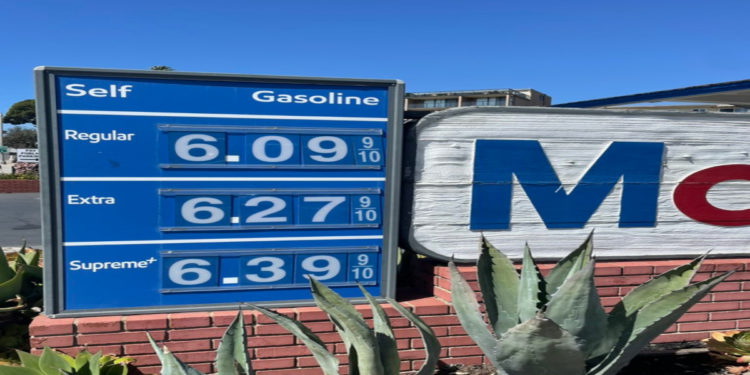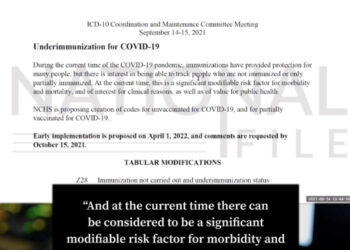Last Updated on May 29, 2022
The nationwide average cost of a gallon of unleaded gasoline has surged to $4.61, a new record. Experts believe that the average cost could soar to $5 per gallon by July.
A handful of states, including Washington, California, Nevada and Alaska have already eclipsed a statewide average of $5 per gallon, according to Sunday’s AAA report. New York, Illinois and Arizona are all likely to surpass that number if prices soar any higher.
Gas prices remain their highest in California at $6.07 per gallon.
Just leaving California. Gas prices are skyrocketing there and not slowing down. pic.twitter.com/KusuVDC3Hl
— Patrick Bet-David (@patrickbetdavid) May 25, 2022
As of Sunday, May 29, the national average for unleaded gasoline is now $4.61. Experts expect that the surging costs will force many households to cancel summer plans.
“I don’t think as many people are going to hit the road, and if they do, I think a good portion are going to be staying close to home,” Patrick De Haan, head of petroleum analysis at GasBuddy, told CNBC. “They’re definitely should be a noticeable bump, but my impression is people are not driving as far. The concern is high prices that are keeping people a little closer. There’s also work-from-home that changed things. There’s a strong subset of people that can basically work from the road all the time.”
The national average price of a gallon of gasoline was up about 10% in May, though the number is expected to rise. On May 29, 2020, the national average clocked in at $1.94.
According to Bespoke Investment Group, the 10% spike is the third-largest increase for the month of May since 2005, and the 40% jump in prices year to date is more than twice the historical average.
While gas prices tend to peak around mid-May, experts expect the national average to soar past $5 this July.
“I think these high gas prices are making at least some folks think twice,” said John Kilduff, a partner at Again Capital. “We do see a national average of $5 by July 4th, and we should trend down from there. I think history is going to repeat itself. The refineries are operating at extraordinary rates. They are operating at 97% on the East Coast and Gulf Coast, which are the major refining centers.”





















